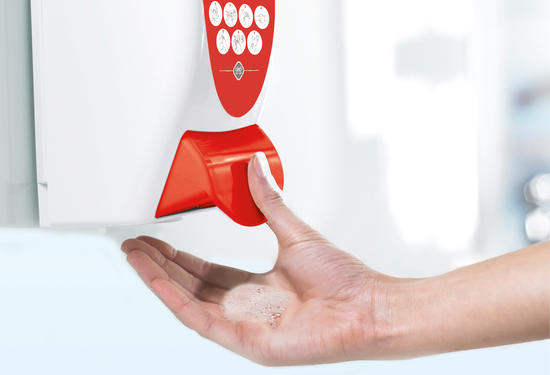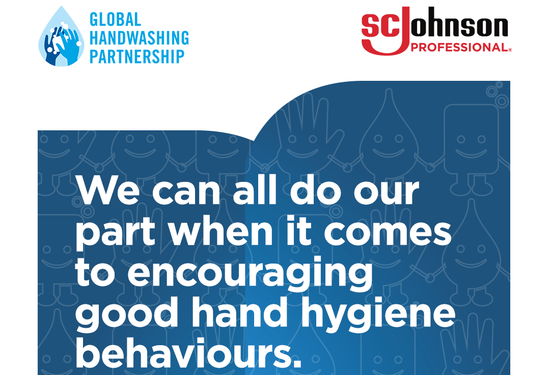
New "Which?" Reports on Hand Sanitisers
Which? Reports: Some Sanitiser Gels Found to Contain Less Alcohol than Claimed & Trading Standards Issues Recalls on Sanitisers Containing Methanol Rather than Ethanol
We were pleased to see that the UK consumer organisation Which? recently highlighted the results of tests they had conducted on hand sanitisers and published news of the recall by UK Trading Standards of sanitisers containing methanol instead of ethanol and those with a low level of ethanol content.
The test carried out by Which? found that some sanitisers on the market contain a “fraction of the alcohol content they claim to, leaving those who buy them unknowingly unprotected from coronavirus”[1]. The tests found that three hand sanitiser products “contained far less alcohol than claimed, and too little to be effective at killing germs”.
Following the first article published in December 2020, Which? then highlighted in January 2021 that UK Trading Standards had issued recall notices for two alcohol hand sanitisers one that contained methanol, a highly toxic substance that is not safe for use as a sanitiser and a second that did not contain sufficient alcohol content to be effective.
We think it’s important that organisations like Which? highlight the quality standards of consumer hand sanitisers. We fully support this in bringing clarity to consumers, helping to highlight significant issues and allowing people to make properly informed choices.
To help consumers and those deciding on sanitiser products, we are keen to provide further information to help guide their choices. Whilst the Which? study revealed how alcohol concentration can potentially vary when compared to packaging claims, it is also important to note that alcohol concentration alone does not demonstrate a sanitiser’s effectiveness.
When choosing a sanitiser, we believe it is important to consider the below:
- Existing testing standards.
Hand sanitisers have been used in healthcare settings for many years to help prevent the spread of infection. As a result, many testing standards already exist that can demonstrate whether a product has met the standards required by Biocidal Product Regulations (BPR). We highly recommend that consumers select products that have been independently tested and which carry the following standards:
- EN1500
- EN14476
- EN14348
By checking product labelling to see if a product has been tested and performs to these standards, consumers can be confident they are buying a product that will work when used in the right way.
- Know that both alcohol-based and alcohol-free sanitisers should meet the same standards.
The testing described in above focuses not on the concentration of the active substance used to kill bacteria and viruses, but on how effective a product is against the required standard. The World Health Organisation recommends 60% alcohol content in sanitisers, but this metric isn’t a definitive one: alcohol-free sanitisers can also meet many of the above test standards.
Essentially, we advise comparing sanitisers equally and fairly against the same standards, although if these are not present alcohol content is a good starting point for alcohol-based sanitisers.
- Labels should include clear user instructions.
It is important that consumers understand how much hand sanitiser is needed and, more importantly, for how long the hands should be wet as a result of using the product as this is a key part of how sanitisers work. We recommend looking for usage instructions on labels that provide clear guidance and reflect both the volume and time applied to meet required test standards.
- Well formulated alcohol-based sanitisers do not dry the skin.
There is a common misconception that alcohol-based sanitisers can dry out the skin. In fact, there is evidence that the use of alcohol-based hand rubs is actually less irritating than soap and water.
Any stinging when applying alcohol-based sanitisers is often a sign of previously damaged skin. In reality, well formulated alcohol-based sanitisers contain emollients, which help to promote good skin health and prevent drying, and since alcohol sanitisers evaporate well, no potentially irritating residue is likely to be left behind.
We’ll be following the conversation closely! You can find out more on our sanitiser mythbusters here.



